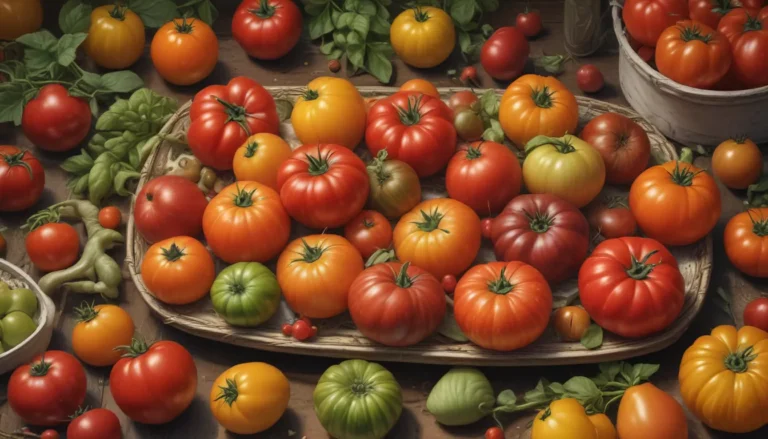How to Identify and Manage Powdery Mildew in Dahlias

Are you a dahlia enthusiast who wants to keep their plants healthy and thriving? If so, you’ve come to the right place. Powdery mildew is a common fungal disease that can affect dahlias, causing distorted leaves, stunted growth, and an overall unsightly appearance. In this guide, we’ll delve into the details of powdery mildew in dahlias and explore how you can effectively manage it.
What You’ll Learn
Let’s start by understanding what causes powdery mildew, the symptoms to look out for, how you can prevent it, and the various treatment options available to combat this fungal disease.
What Causes Powdery Mildew?
Powdery mildew in dahlias is caused by fungal pathogens known as Erysiphe cichoracearum and E. polygoni. These pathogens are obligate parasites, meaning they require a living host to complete their lifecycle. While they can overwinter in plant debris, the disease is most active in warm temperatures ranging from 59 to 82°F (15 to 28°C) with relatively low humidity.
The spores of powdery mildew can spread through the air or via insects like aphids. It’s worth noting that the fungal species responsible for powdery mildew in dahlias do not infect all plant species, but can easily spread to dahlias from infected plants such as peas, sedums, coneflowers, and more.
Symptoms
Identifying powdery mildew in dahlias is quite straightforward. Look for white or gray powdery growth on the leaves, stems, and flowers of your plants. This powdery substance resembles a dusting of flour or talc and can lead to yellowing, browning, and shriveling of infected plant parts.
Prevention
While it’s challenging to completely eliminate powdery mildew once it appears, there are ways to prevent it from infecting your dahlias. Here are some preventive measures you can take:
- Keep plants appropriately spaced to reduce humidity buildup
- Plant in sunny areas rather than shady spots
- Consider preventative treatments with substances like milk, sulfur, or copper
Treatment
If powdery mildew does affect your dahlias, pruning infected plant material and using appropriate treatments can help manage the disease. Here are some treatment options you can consider:
- Milk: Create a solution of water and milk (10-50%) and saturate the plants
- Sulfur: Spray the plants with sulfur according to the manufacturer’s directions once every three weeks
- Copper: Use copper fungicide as an alternative treatment option
By alternating treatments and consistent application, you can effectively control powdery mildew in your dahlias.
You Have the Power to Stop Powdery Mildew
While powdery mildew may not be the most severe plant disease, it’s essential to address it promptly to prevent potential damage to your dahlias. By staying vigilant, taking action at the first signs of infection, and following the preventive and treatment measures outlined above, you can keep your dahlias healthy and free from powdery mildew.
Remember, if you encounter any issues with your dahlias or have questions about managing powdery mildew, feel free to share your experiences in the comments section. We’re here to help you nurture your dahlias and achieve thriving, beautiful plants in your garden.
For more insightful tips on growing dahlias, check out these informative guides:
- Tips for Growing Dinnerplate Dahlias
- How to Overwinter Dahlias
- How to Grow Dahlias in Pots and Containers
Remember, a little care and attention can go a long way in ensuring healthy, vibrant dahlias in your garden. Happy gardening!
In conclusion, understanding and managing powdery mildew in dahlias is crucial for maintaining the health and beauty of your plants. By implementing the preventive measures and treatment options discussed in this guide, you can effectively combat powdery mildew and enjoy flourishing dahlias in your garden. Stay informed, stay proactive, and watch your dahlias thrive!





